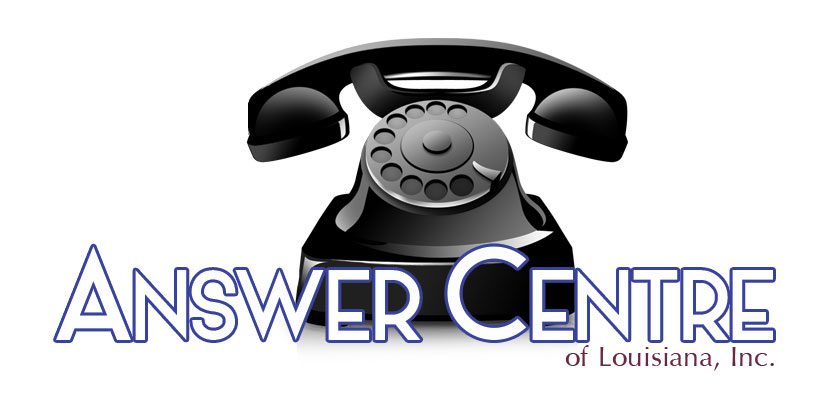In today’s fast-paced business world, companies need call service automation. Automation uses smart tech like interactive voice response (IVR) systems and AI chatbots to handle calls and inquiries. It cuts wait times and provides help all day and night. This close link of ideas makes the customer experience better.
This article explains clear automation strategies that boost customer satisfaction. We list simple methods, show benefits, and share practical tips for every business.
Understanding Answering Service Automation and Its Impact
Answering service automation shifts call handling from humans to technology. It answers routine questions, routes calls, schedules appointments, and gathers feedback—all with clear, tight word links. This process lowers human error and frees staff for tasks that need personal care.
Automated services can:
• Lower wait times by routing calls fast.
• Give consistent answers 24/7.
• Serve clients in different time zones.
• Collect data for service improvements.
A Gartner study shows that companies using automation can boost customer satisfaction by up to 20% in the first year (source).
Key Strategies for Implementing Answering Service Automation
-
Integrate AI-Powered Interactive Voice Response (IVR) Systems
Modern IVR systems use AI to understand natural language. When a customer says, “Check my order status,” the call routes quickly without pressing many buttons. -
Offer Multichannel Support through Automation
Use chatbots on your website, messaging apps, and social media. This approach keeps responses similar across all channels. -
Implement Smart Call Routing
Automation analyzes data to send each caller to the right agent. This smart routing improves first-call resolution and cuts frustration. -
Use Automation for Appointment Scheduling and Reminders
Automated systems book, confirm, and reschedule appointments. This quick process helps industries like healthcare and retail reduce mistakes. -
Continuously Monitor and Optimize
Never treat automation as “set and forget.” Regularly check call trends, feedback, and performance. Use these insights to refine scripts and improve routing rules.
Benefits of Answering Service Automation for Customer Satisfaction
Automation brings clear benefits:
• Faster responses lower wait times.
• 24/7 service builds trust.
• Consistent answers reduce confusion.
• Smart routing personalizes interactions.
• Efficiency saves money and boosts service quality.

Top 5 Tips to Maximize Your Answering Service Automation Impact
- Train AI with real customer conversations to improve its accuracy.
- Keep automated scripts short and friendly to avoid frustration.
- Provide an easy option to reach a human if needed.
- Ensure your automation works well on mobile devices.
- Integrate with your CRM system to keep customer records updated.
Frequently Asked Questions (FAQs)
Q1: How does answering service automation improve support efficiency?
Automation handles routine tasks and routes calls quickly. This lets human agents focus on complex issues.
Q2: Can answering service automation handle language differences effectively?
Yes, many systems support multiple languages to serve diverse customers.
Q3: What are the risks of relying too much on answering service automation?
Over-automation may frustrate customers if they cannot reach a live agent. Balancing automation with human help is key.
Conclusion: Drive Customer Satisfaction Rapidly with Smart Answering Service Automation
Today’s market demands fast and reliable service. By using AI-powered IVR, multichannel support, and smart routing, companies reduce wait times and offer steady support. Combining automation with human expertise creates a personal touch for more complex needs.
Start implementing these strategies now. Embrace the innovation of answering service automation to transform your customer support into a clear competitive advantage!
For further insights on customer experience improvements through automation, explore Gartner’s detailed research on customer service automation trends here.


